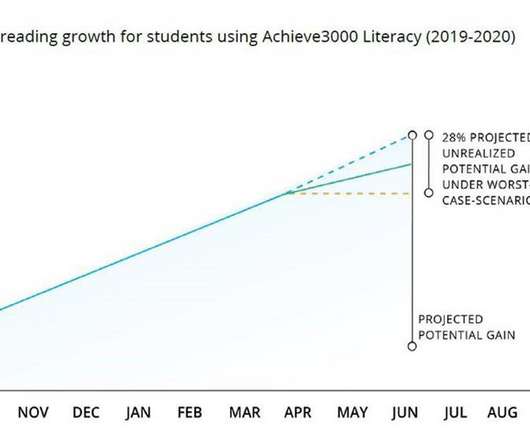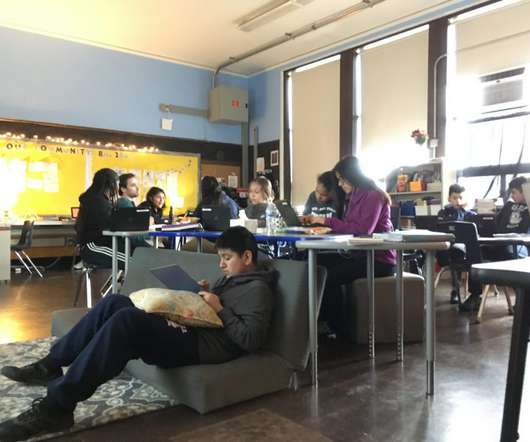3 Reasons Teachers Should Use the Playlist Model
Catlin Tucker
MARCH 25, 2024
” I wrote a blog about the difference , but here is a quick comparison that might help. Complex Problem Solving: Tasks that involve higher-order thinking and problem-solving, such as math word problems, scientific experiments, or coding projects, often require different amounts of time for students to analyze, understand, and solve.















Let's personalize your content